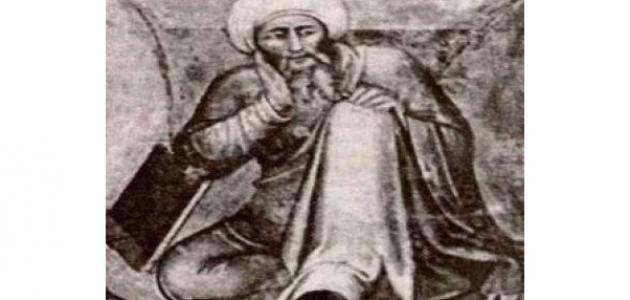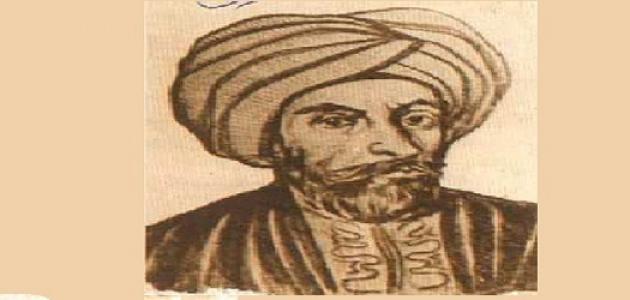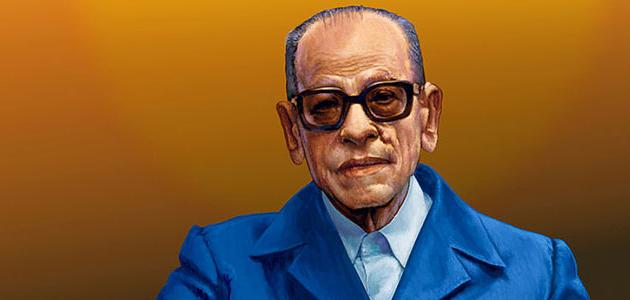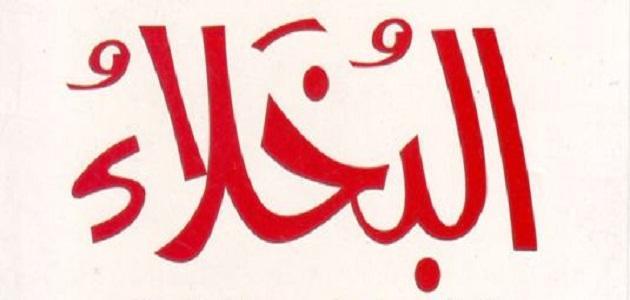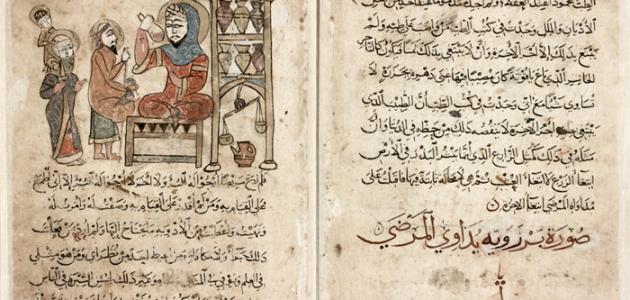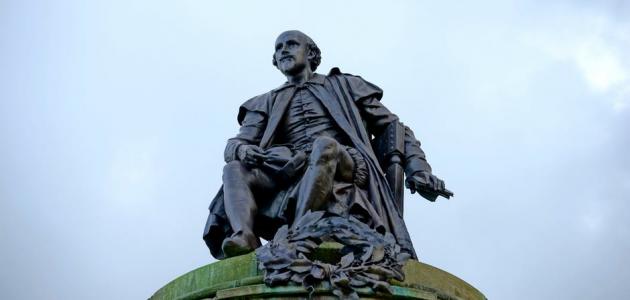Kalila and Dimna
The book Kalila and Dimna is a collection of stories. It was translated into Arabic during the Abbasid era, in the second century AH and the eighth century AD, by Abdullah bin Al-Mufaqa’. Many writers agreed that the book’s origins go back to India, as it was written in Sanskrit. This was in the fourth century AD, and in the sixth century AD it was translated into the Fahlawi language on the orders of Prince Khosrau I, and in this article we will mention some information about it.
The most prominent characters in Kalila and Dimna
The author of the book Kalila and Dimna used birds and animals as prominent and main characters in it, and there are many prominent characters in it, such as: the lion, which symbolizes the king, and the bull, which symbolizes his servant and is called Shatrabah, and two, Kalila and Dimna, and the stories refer to several different topics, such as: the relationship that brings together The ruler is governed by the ruled, and many sermons and lessons.
Kalila and Dimna in Arabic
The book Kalila and Dimna was translated into the eighteenth century AD, by Abdullah bin Al-Muqaffa, and the book had a clear influence on him, and the reason is that the relationship of the philosopher Bidba with the Indian king Dabishlaim was similar to his relationship with the Caliph Al-Mansur, who was known for his strength and solidity, so he was in great need of advice. Ibn al-Muqaffa’ was distinguished by his use of the specificity of spatial and temporal circumstance. He also added many stories of his personal authorship, and also modified some of them. In addition to that, he added another chapter, and called it “The Examination of the Matter of Dimna,” and attached four chapters to it.
Read also:The most important books for self-developmentCritics considered Ibn al-Muqaffa''s work to be one of the highest quality Arabic works, and some considered it to be a distinctive Arabic masterpiece. Therefore, it was preserved in safe and closed places, unlike the Persian and Indian versions.
Gates of Kalila and Dimna
The book Kalila and Dimna includes about fifteen chapters, among which we mention: the chapter on the bull and the lion, the chapter on examining the matter of Dimna, the chapter on the collared dove, the chapter on the king’s son and the bird Fanza, the chapter on the monkey and the gull, the chapter on owls and crows, the chapter on the jackal, the chapter on the lioness, the fences and the shagbar, in addition to Chapter of the tourist and the jeweler.
Narrative style in Kalila and Dimna
The narration style in the book Kalila and Dimna is similar to the book One Thousand and One Nights. Perhaps the most important thing that distinguishes it is that its stories are narrated on the tongues of animals, as it collects a variety of stories. It is also distinguished by its regular chapters, as it begins at the beginning with the Indian king Dabishlaim in his saying, “I knew this.” The proverb.”
The framework story in Kalila and Dimna
The introduction contains three framing parts, as Ali bin Shah begins with the retrospective narration, which in turn forms the first narration, then the framing story is divided into three speeches, represented by the speech of King Dabishlaim, the speech of the philosopher Bedia, in addition to the speech of equal symmetry, and this appears through Bedia’s story. Many stories about King Debshalim and convincing him of the necessity of abandoning injustice and tyranny.
Read also:Best selling Arabic books